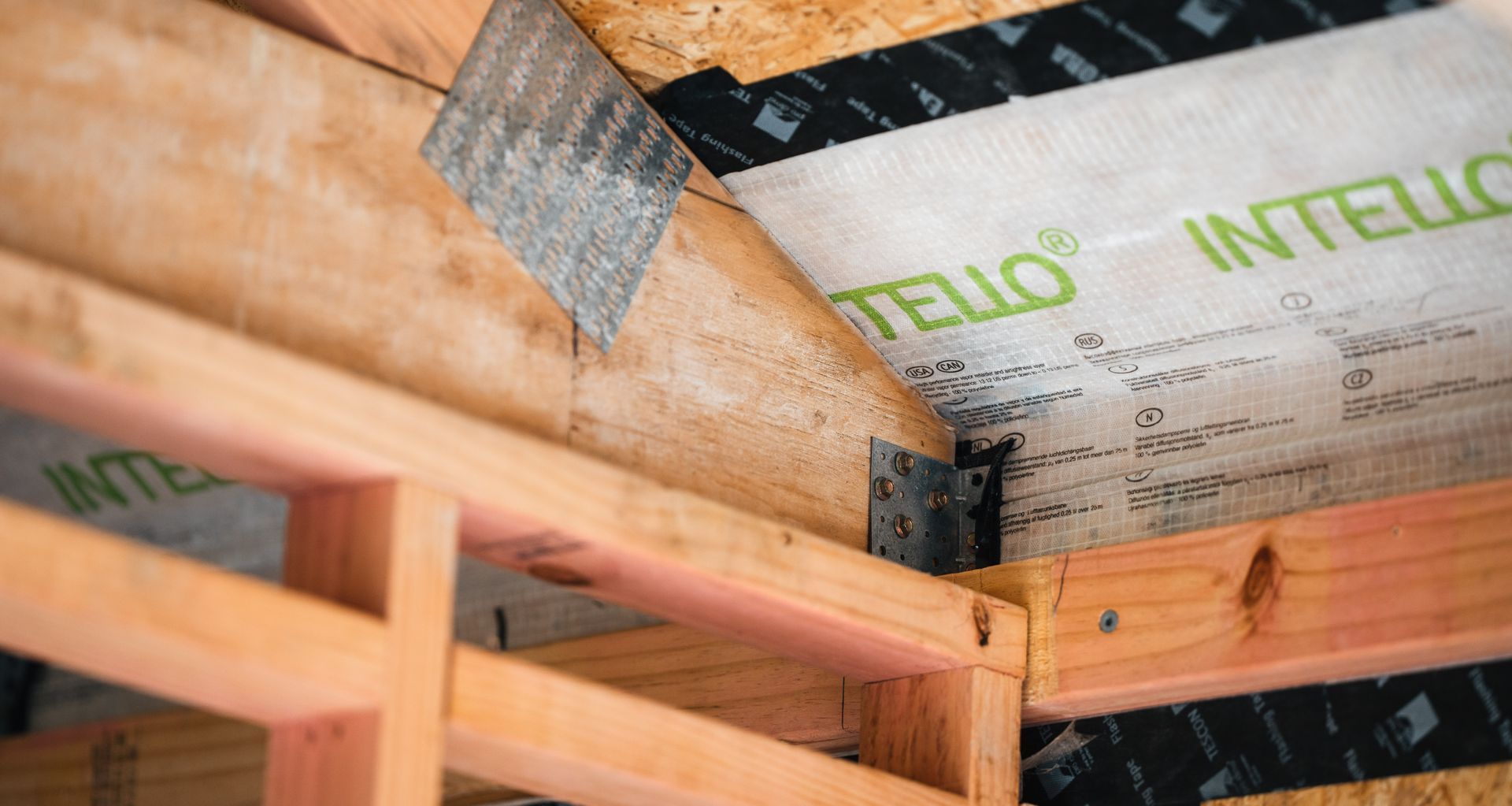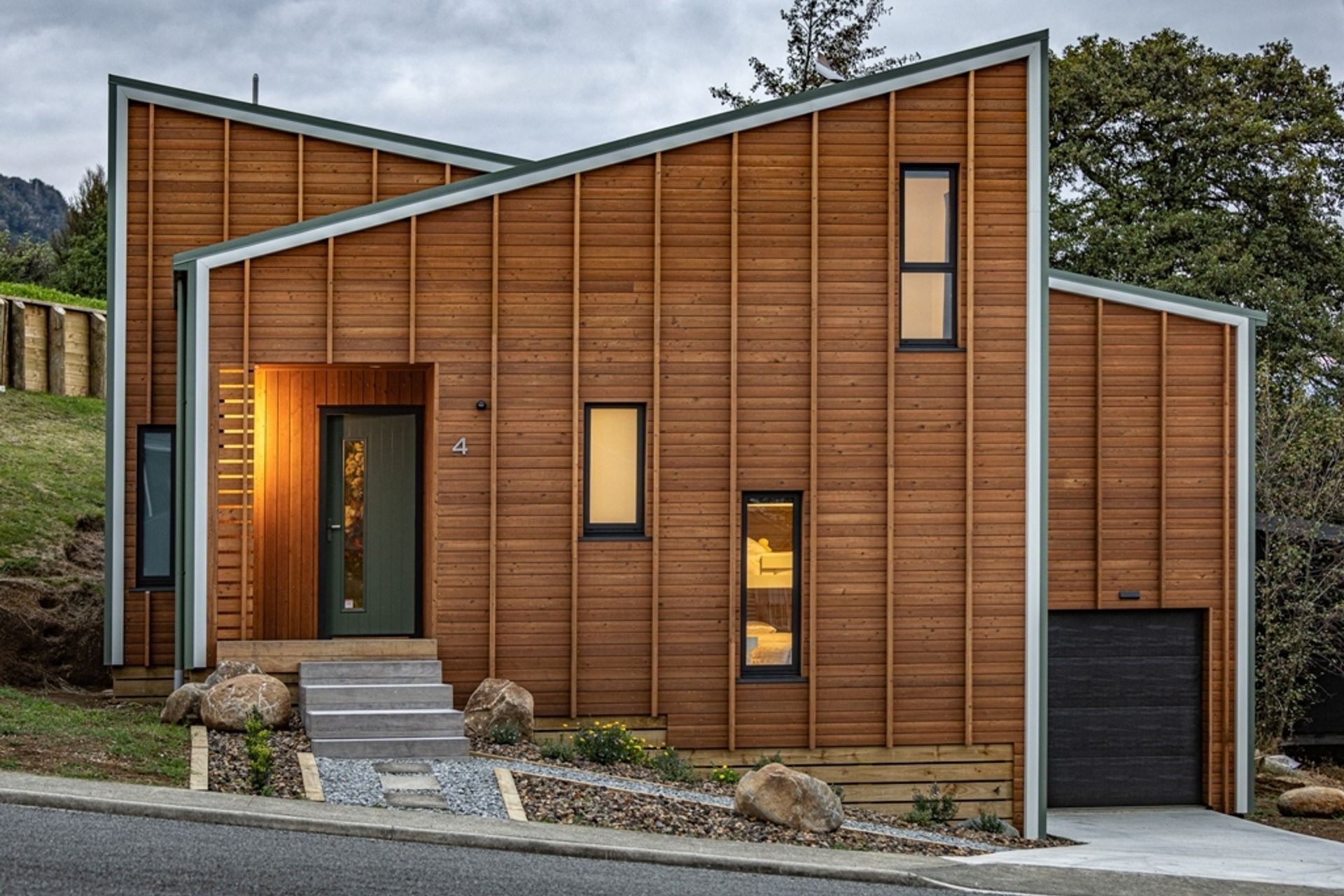How to build an energy-efficient home from the ground up
Written by
10 March 2024
•
4 min read

Consider the best ways to ensure longevity, durability, and, of course, the utmost comfort through energy-efficient materials - the way of the future. But it’s easier said than done. With energy efficiency being a relatively new expectation of construction, there is a lot of speculation around the best ways to achieve it, and understanding how to build an energy-efficient home from the ground up is best understood through an expert in the industry.
With this, we speak to Jon Davies of Pro Clima, dissecting energy-efficient buildings, what they are, and how you can work to curate your own.


A science in itself, Certified Passive Houses (a flavour of energy-efficient builds) ultimately work to utilise materials to their utmost potential, ensuring comfort in your home is easily achieved and effortlessly maintained; this entails a holistic approach, considering everything from building materials and insulation to appliances and energy sources. When done right, energy efficiency in your home helps you reach the ultimate sweet spot with warmth in the winter and comfort in the summer with little energy input, as well as many other benefits.
“I think energy efficiency is incredibly misrepresented – solar panels on the roof have nothing to do with the house's energy efficiency, but somehow, we've come to accept those things in the same sentence. PV solar panels take the sun's energy and convert it into electricity - so they are an energy source, not an energy user – so they don't automatically create an energy-efficient home,” says Jon.
“I think we have all the good materials we need, but it's more about combining those materials - based on their performance characteristics, we must put the ingredients in the right order and positions,” says Jon. “For example, in an old building with no insulation, you can create comfort, but you're going to be heating and cooling it a lot to maintain your perfect 20 - 22 degrees, making it really energy intensive. Energy efficiency comes from changing how the building performs, not what type of heater or air conditioning unit you choose.”
“It's crucial for designers to use available tools like PHPP to test their designs concerning energy demand; this will mean whatever the design, it can be modified before building begins to create predictably warm homes while avoiding unneeded build costs. The performance of the building envelope should be just high enough to ensure the cost of maintaining comfort is very low.”

It costs too much to run existing homes due to energy efficiency being neglected, so why would we repeat the mistake for new homes?
With the climate change conversation only increasing (as well as energy costs), the benefits of reaching actual energy efficiency are undeniable. Significantly lower utility and maintenance costs are achieved through combinations of science-backed materials to optimise energy demand. As a direct result of the materials and systems that create the home compared to a typical new or existing home, indoor air quality is significantly improved, greenhouse gas emissions are reduced, and the preservation of natural resources is prioritised.
When identifying the best materials on the market, work closely with an expert like Jon from Pro Clima, who will guide you and ensure all materials are optimised.
“Leave mixing and matching materials to the interior designer, who can be as tame or as wild as the client demands, but the building envelope performance is not a place to experiment.”
"Unlike a paint colour, the materials in the building envelope are unlikely to be changed for a long time, so it makes sense to use tried-and-true methods from NZ and worldwide practice. One method quickly gaining acceptance for a good reason is external insulation. You have to do this for mass timber construction and should be doing this for concrete or steel frame construction."
“There’s an obvious jump in performance when insulation is moved outside [any] frame and installed as a continuous blanket so it doesn’t have all of the gaps that traditional ‘insulation stuffed inside of framing’ has,” advises Jon. “Materials to look out for are Rockwool insulation in combination with uPVC windows - walls don’t have to be thicker, and much better performance in windows is the first big step forward!”

In pursuing a more sustainable future, energy-efficient homes stand as a cornerstone in healthy living. Not only a concept for the future, but Certified Passive houses are also sensible and easily achievable for homeowners today. Embracing energy efficiency options allows homeowners to reap the benefits of notable financial savings, an opportunity to tread lightly on resources, and create comfortable, healthy homes.
Discover more from Pro Clima on ArchiPro.
